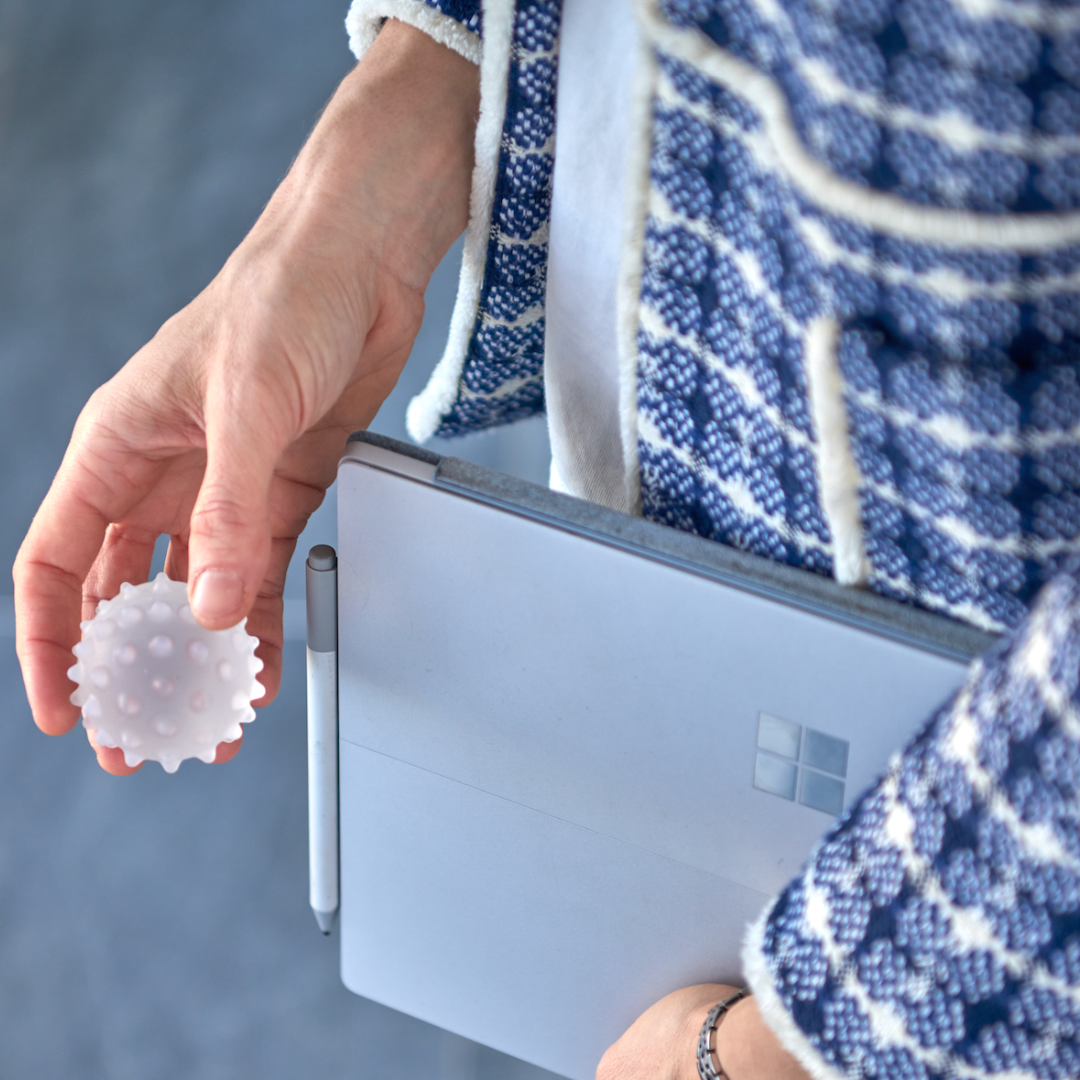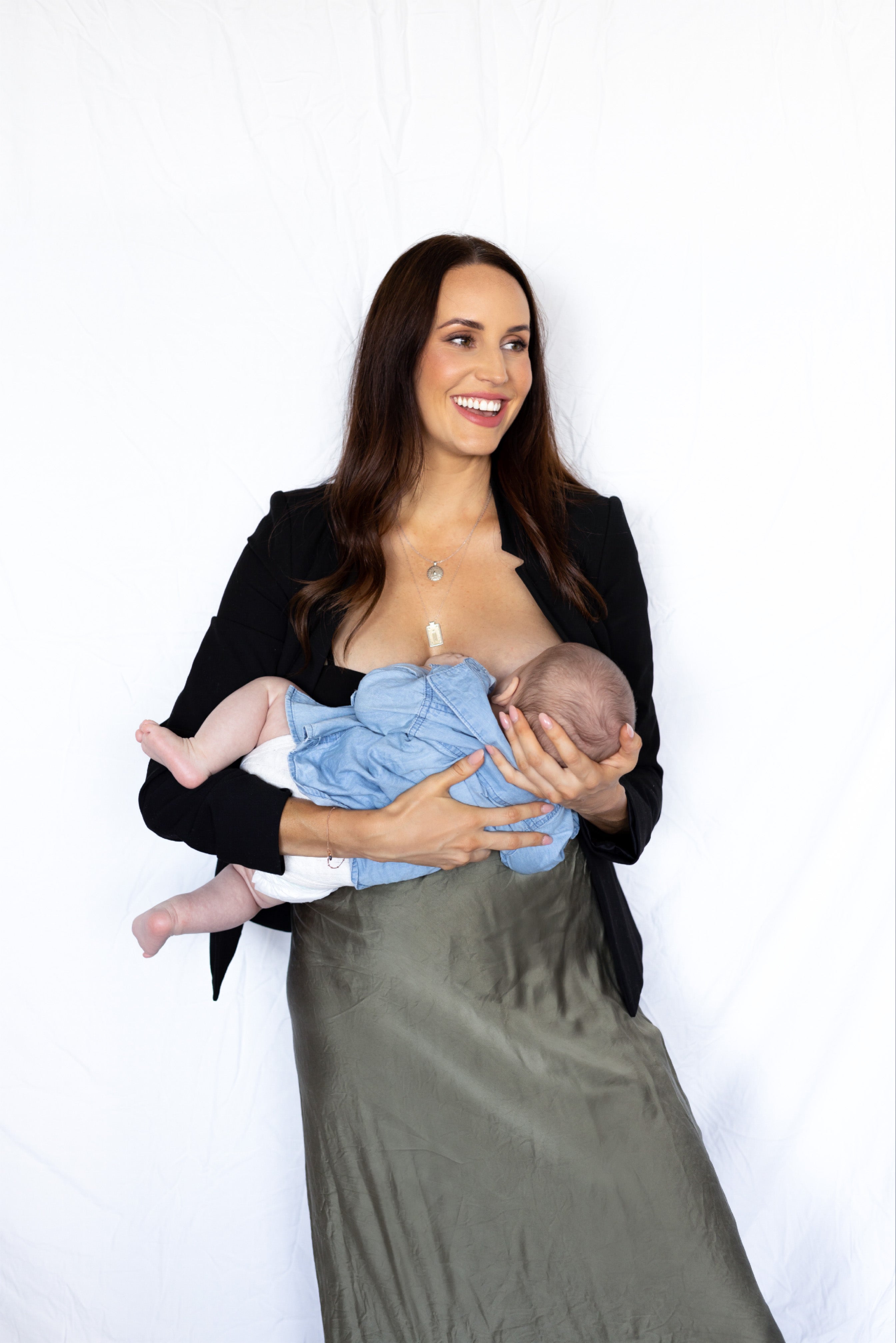One common concern among breastfeeding mothers is experiencing discomfort or pain at the start of a feed. If you find yourself enduring persistent nipple pain, know that you are not alone. It is one of the leading reasons why mothers discontinue breastfeeding, accounting for approximately 36% of cases where professional advice or consultation is sought.
To help shed light on this issue, we spoke with Jessica Kahan, a Registered Midwife, International Board Certified Lactation Consultant (IBCLC), and Neurodevelopmental Care Practitioner. Jessica is the founder of Holistic Lactation Consulting, providing personalised care and support to mothers and their babies throughout their breastfeeding journey.

Should breastfeeding hurt?
To begin with, nipple discomfort during the first few weeks of breastfeeding is not uncommon, particularly in the first 15-20 seconds of latching. Jessica explains that this sensation is often described more as discomfort rather than a pain. Unfortunately, some women experience pain due to being taught forceful breastfeeding methods that don't align with the physiology of an infant suck.
When it comes to measuring the level of pain, Jessica uses a scale from 0 to 10. If the pain scores a 3 out of 10 for the first 20 seconds but then subsides to zero, it falls within the realm of normal discomfort. However, if the pain persists or fails to decrease, it's crucial to consult with a Lactation Consultant to get some more support.
Understanding nipple discomfort at the beginning of a feed
At the start of a feed, your baby draws up more breast tissue. This process is normal, as babies latch on relatively shallow and then pull in more tissue with each drop of the jaw. This explains why you may experience the initial discomfort that then eases. Jessica assures us that this initial sensation usually subsides within the first few weeks of breastfeeding as your baby continues to develop their breastfeeding skills.
Addressing persistent nipple pain?
Persistent nipple pain serves as an indicator of incorrect attachment during breastfeeding, which can lead to various breastfeeding problems. Jessica describes this pain as a baby drinking through a crushed straw. When pain is present, less milk is transferred compared to when the baby can draw up more breast tissue, eliminating the pain and increasing milk transfer. Ongoing pain may also contribute to issues like mastitis, blocked ducts, poor milk supply, and concerns about the baby's weight, potentially leading to a cycle of expressing milk, supplementing with formula, and early weaning.
Jessica emphasises the importance of addressing nipple pain beyond the first 15-20 seconds and seeking the guidance of an IBCLC for appropriate intervention.
Jessica's top tips for more comfortable breastfeeding
If you're experiencing breast pain during breastfeeding, don't worry - Jessica has some practical remedies and tips to help ease your discomfort and promote a more comfortable breastfeeding journey.
Proper latching:
A crucial aspect is ensuring that your baby latches on themselves, known as baby-led attachment, which is considered the gold standard of breastfeeding care. Avoid mother-led or midwife-led attachment, as it can lead to positioning and attachment issues and even breast refusal. Position your baby in a way that allows them to activate their reflexes and attach to the breast independently.
Comfortable position for both mother and baby:
Choosing a comfortable breastfeeding position is essential for achieving proper latching and relieving pain. Laid-back breastfeeding is particularly beneficial for newborns up to 3 months old. Sitting upright can make babies feel unstable and prevent their natural reflexes from engaging. To support self-attachment, use a comfy footstool and lean back while relaxing. Avoid holding the back of your baby's head, as this can cause stress and lead to arching away from the breast. The football or twin-style hold can also create nipple pain when a woman's milk comes in and may make milk transfer challenging for the baby, causing neck strain for the mother.
Maintaining proper height:
Ensure that your baby feeds at the height where the breast naturally falls. Avoid lifting the breast for the baby; instead, bring the baby down to the level at which the nipple naturally sits. This helps establish a more comfortable and effective latch.
Utilise a breastfeeding pillow with caution:
While breastfeeding pillows can offer support, be mindful of their height. Using a pillow that elevates the baby too high can lead to lifting the breast, subsequently causing nipple pain. Use a breastfeeding pillow judiciously to maintain proper alignment and positioning.
Jessica reminds us “If ever you are experiencing nipple pain please reach out to a lactation consultant no matter your baby's age. Even if they are 2 days old or 5 months old, nipple pain is not a normal part of breastfeeding. It is our red flag to identify a latch issue.”
Where can I find support and help with breastfeeding?
Lactation Consultants of Australia and New Zealand can help you find a lactation consultant near you.
Ask your GP, midwife, obstetrician, or healthcare provider to connect you with a lactation consultant locally. The Australian Breastfeeding Association have many resources available including a 24-hour helpline for new mamas, face-to-face workshops, and online classes.
Click the links below to read more on the topics:
Help I think I have Low milk Supply
Mastitis: Causes, Symptoms, Treatment and Prevention
Breastfeeding and sleep guide for new mums






